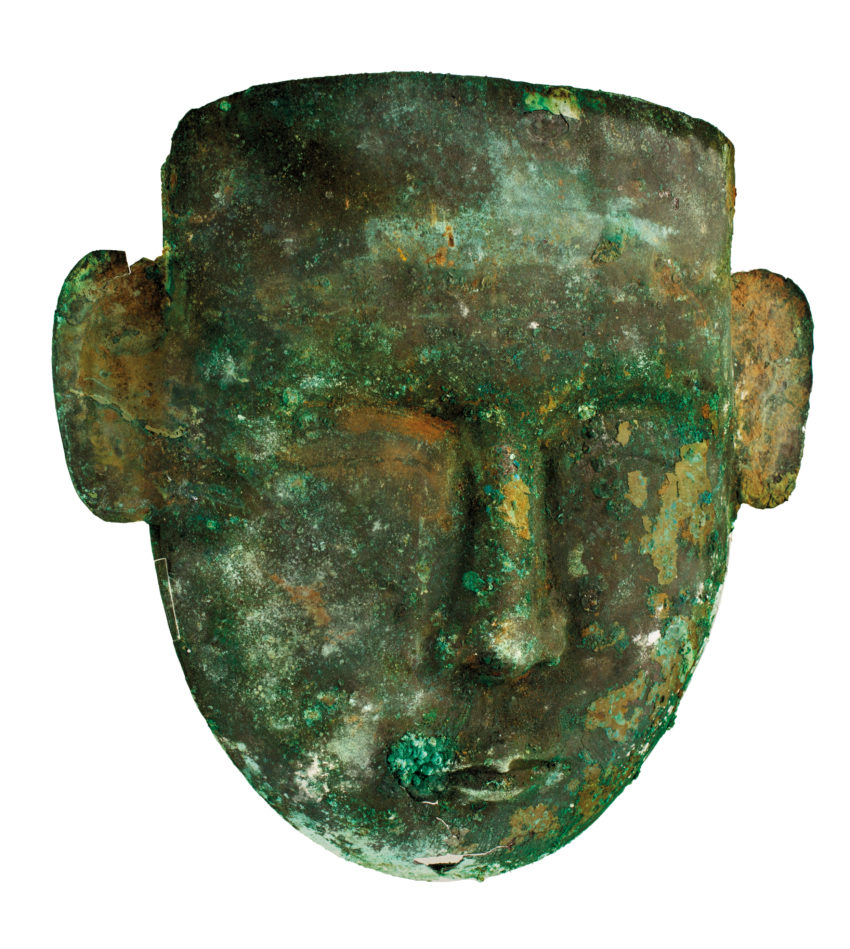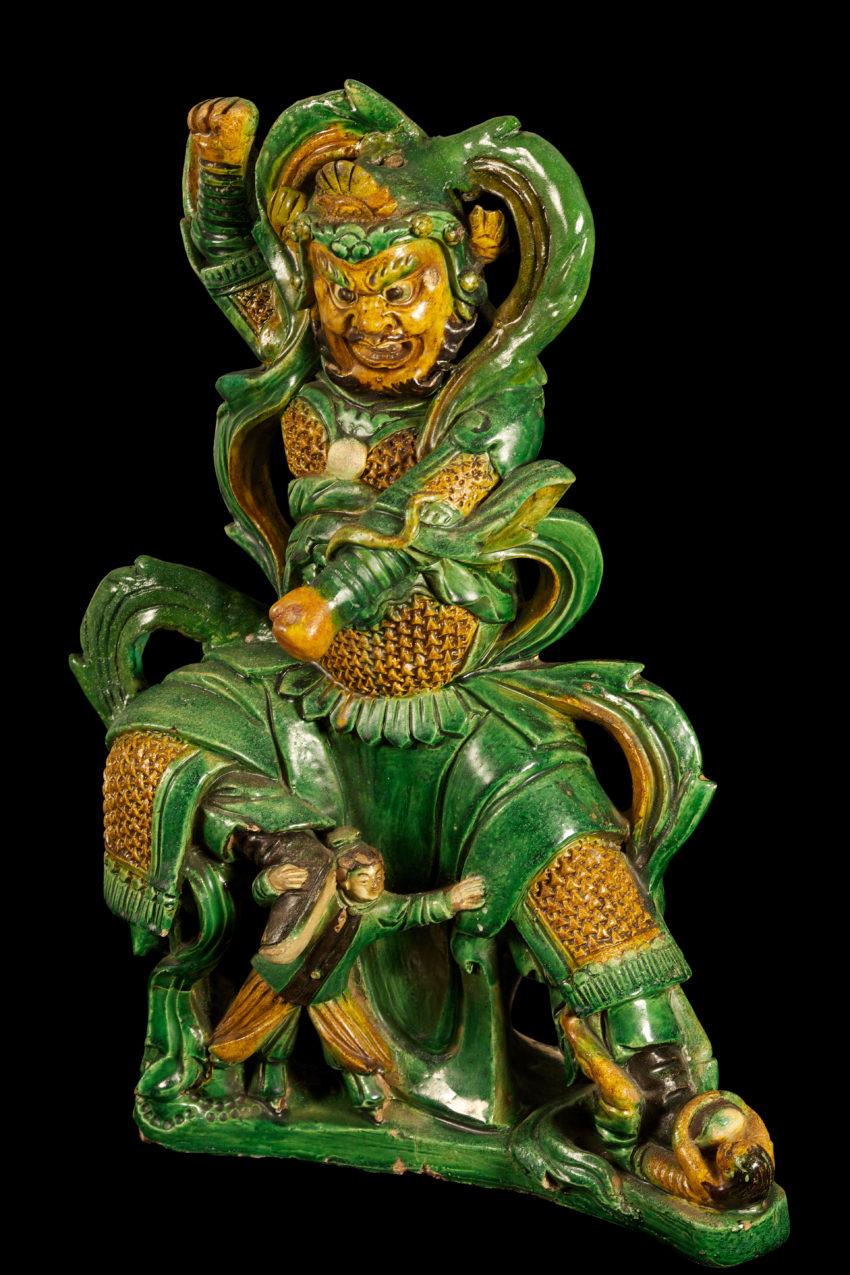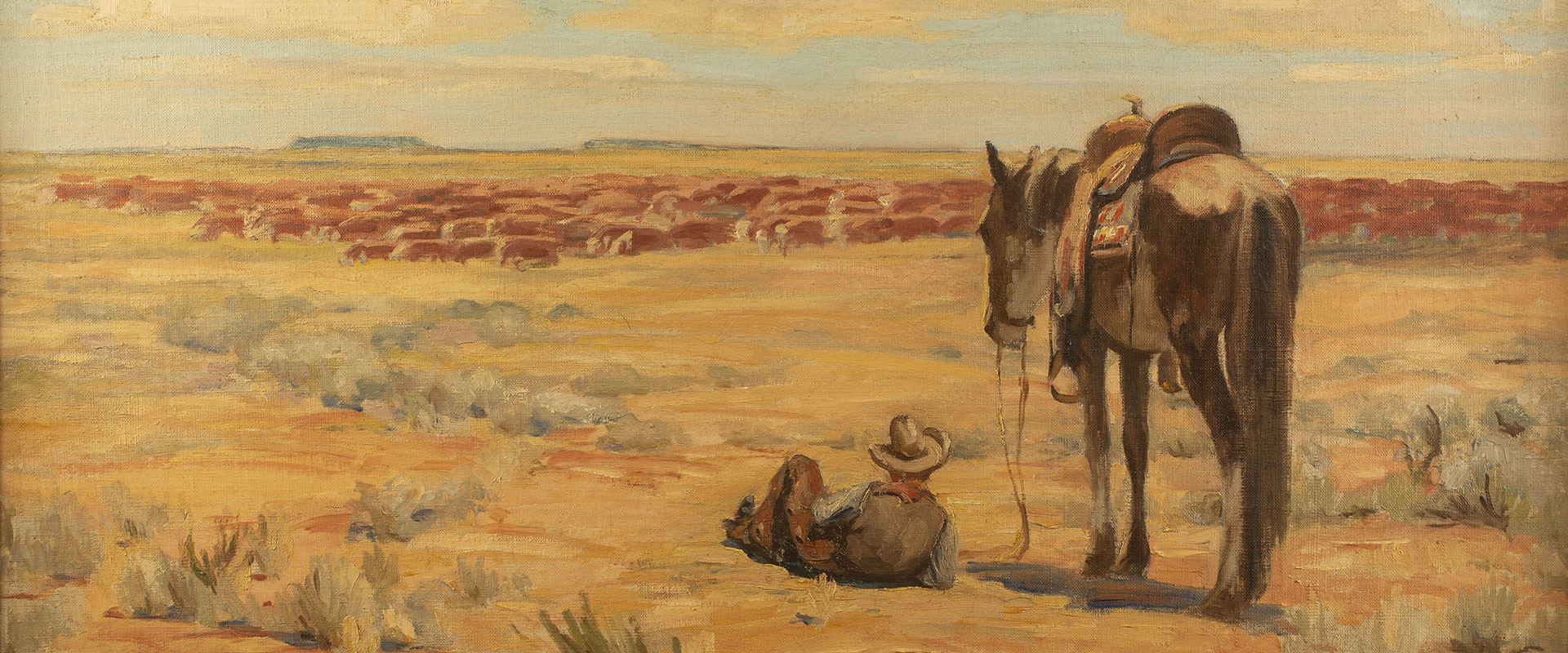Anonymous Jesuit priest (Spanish, ca. 1850). This rare painting, by a Jesuit priest serving in colonial South America, possibly Peru, portrays adoring angels crowning Mary as a saint. Mary cradles Christ in her left hand while holding an angel by the arm with her right. The work is reminiscent of devotional paintings found throughout Central…
Author: Myrian Cavalli

Lady in Green
Portrait of a Lady in Green by Howard Christy (American 1873-1952). Christy was an artist and illustrator famous for the “Christy Girl,” similar to the “Gibson Girl.” He first attracted attention with his illustrations of the Spanish-American War, published in Scribner’s and Harper’s magazines and in Collier’s Weekly, gaining especial prominence with the series, Men…

“Big Eyes” Child
by Margaret Keane (American, 1927-) Keane’s works are recognizable by the oversized, doe-like eyes of her subjects. In the 1960s, her artwork was sold under the name of her husband, Walter Keane, who claimed credit for it. On November 1, 1964, she left him and moved from San Francisco. In 1970, Keane announced that she…

ChineseVessel
Very unusual Neolithic urn. This item was produced for burial, and was never actually used outside of the burial area. The shape of this vessel is visually similar to Greek pottery from a slightly more recent period. Produced ca. 2500 BCE.

Chinese Mask
Bronze funerary mask. This mask is tipped in gold, and is well modeled. A male face is represented in this mask. The other in the collection is of a female. Both are Liao dynasty, ca. 12th century CE.

Chinese Figure 1550 CE
This magnificently dramatic figure is a Ming Dynasty Ghost Catcher, whose job it was to capture the ghosts before they bothered the living, and to dispatch the ghosts to the underworld. This dramatic sculpture dates to 1550 CE.

Chinese Figure 300 CE
This rare equestrian figure is from the Wei dynasty, a period when ceramics and other art works were rarely produced. Weapons were the primary items produced during that time (300 CE), making this equestrian “group” phenomenally rare. Note the depiction of leather armor on the horse and the rider.

Bowls
Above, an extremely large Japanese Imari type bowl. On both the interior and exterior, alternating panels of red, blue, and white backgrounds support elaborately decorated motifs. These include chrysanthemums and Japanese junks, as well as delicately added areas of overglaze gold. This bowl was produced in the 19th century. Below, a Large basin with raised…

Chinese Celestial Horse
Han Dynasty model of a celestial horse. This figure has much of the original pigments still in evidence. Made for the tomb of the deceased, this horse would have represented the best of the horses being bred by the Chinese, but enhanced with celestial qualities such as an oversized chest. Produced from 206 BCE-220 CE.

Chinese Neolithic Vessels
These objects were produced approximately 5,000 years ago. Both naturalistic and geometric designs were used to decorate the exterior surfaces. These items were so significant that their placement was often within specially prepared areas of the burial sites.

